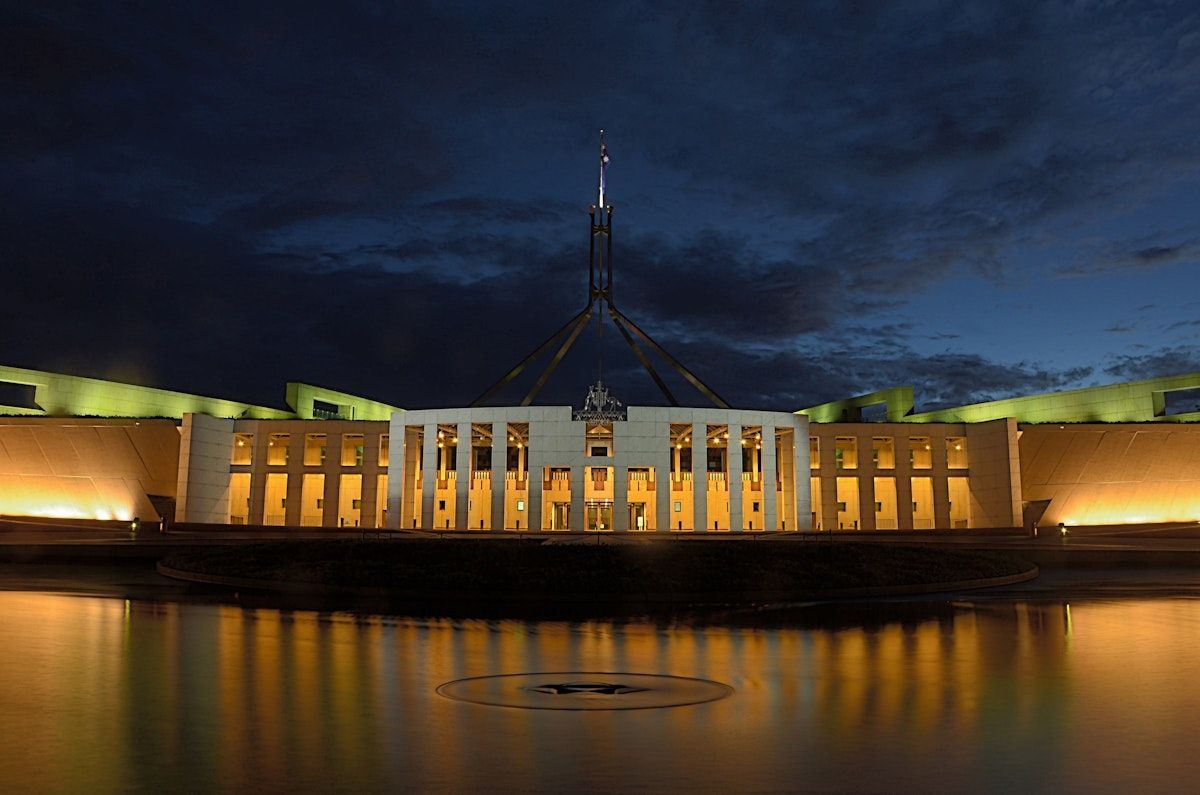2023 Federal Budget Highlights
Clarke McEwan Accountants

The Federal Treasurer Jim Chalmers handed down the 2023 Federal Budget on 9 May 2023.
The following is a list of highlights from a tax and superannuation perspective.
Businesses
- The instant asset write-off threshold for small businesses applying the simplified depreciation rules will be $20,000 for the 2023-24 income year.
- An additional 20% deduction will be available for small and medium business expenditure supporting electrification and energy efficiency.
- FBT exemption for eligible plug-in hybrid electric cars will end from 1 April 2025.
- An increased capital works deduction rate and reduced withholding on managed investment trust (MIT) payments will apply to new build-to-rent projects.
- The clean building managed investment trust (MIT) withholding tax concession will be extended from 1 July 2025 to eligible data centres and warehouses, where construction commences after 7:30pm (AEST) on 9 May 2023.
- The start date of a measure to prevent franked distributions funded by certain capital raisings announced in the 2016-17 Mid-Year Economic and Fiscal Outlook has been postponed from 19 December 2016 to 15 September 2022.
- The patent box regime announced in the Coalition government's 2021-22 Budget, and expanded in the 2022-23 Budget, will not proceed.The introduction of tradeable biodiversity stewardship certificates issued under the Agriculture Biodiversity Stewardship Market scheme will be delayed to 1 July 2024.
- The Location Offset rebate and the Qualifying Australian Production Expenditure thresholds will be increased to boost investment in film production in Australia.
- Deductible gift recipients list to be updated.
Individuals
Income support payment base rates will be increased by $40 per fortnight.
The minimum age for which older people qualify for the higher JobSeeker Payment rate will be reduced from 60 to 55 years.
The workforce participation incentive measures to support pensioners who want to work without impacting their pension payments will be extended for another 6 months to 31 December 2023.
Eligibility for Parenting Payment (Single) will be extended to support single principal carers with a youngest child under 14 years of age.
Housing measures will be introduced to increase support for social and affordable housing and improve access for home buyers.
The maximum rates of the Commonwealth Rent Assistance (CRA) allowances will be increased by 15% to help address rental affordability challenges for CRA recipients.
CPI indexed Medicare levy low-income threshold amounts have been announced for the 2023-24 income year.
Eligible lump sum payments in arrears will be exempt from the Medicare levy from 1 July 2024.
Multinationals
- Australia will implement key aspects of the Pillar Two solution of the OECD/G20 BEPS Project, meaning certain large multinationals will be subject to a 15% minimum tax in the jurisdictions in which they operate.
- The scope of the general anti-avoidance rules in Pt IVA of ITAA 1936 will be expanded from 1 July 2024.
- Changes will be made to petroleum resource rent tax (PRRT), including the introduction of a cap on deductible expenditure at 90% of assessable income for projects that produce liquefied natural gas from 1 July 2023.
- The meaning of "exploration for petroleum" in the petroleum resource rent tax legislation will be amended to reflect the government’s intent and ATO guidance.
- Taxation legislation will be amended to realign the taxation law with the reissued AASB 17: Insurance contracts for income years beginning from 1 January 2023.
Superannuation
- Superannuation tax concessions will be reduced for individuals with total superannuation balances in excess of $3 million from 1 July 2025.
- Employers will be required to pay their employees' superannuation guarantee entitlements at the same time as they pay their salary and wages from 1 July 2026.
- The non-arm’s length income (NALI) provisions will be amended to provide greater certainty to taxpayers.
Tax administration
- Funding will be provided to the ATO over 4 years to lower the tax-related administrative burden for small and medium businesses, cut paperwork and reduce time small business spend doing taxes.
- Reduction in GDP adjustment factor for pay-as-you-go and GST instalments.
- Funding to improve the administration of student loans will be implemented.
- Additional funding will be provided to address the growth of businesses' tax and superannuation liabilities, and a temporary lodgment penalty amnesty program will be provided to small businesses.
- The Personal Income Tax Compliance Program will be extended for 2 years from 1 July 2025 and its scope expanded from 1 July 2023.
GST and indirect taxes
- Funding for GST compliance will be extended for a further 4 years to address emerging risks to GST revenue.
- The Heavy Vehicle Road User Charge rate will increase 6% per year from 2023-24 to 2025-26.
- Indirect Tax Concession Scheme: diplomatic and consular concessions extended.
- The start date for streamlining of excise administration measures announced in the Coalition government’s 2022-23 Budget will be amended.
- Tobacco excise measures to improve health outcomes and align the treatment of stick and non-stick tobacco tax.
If you would like to know more information about any of these measures, please do not hesitate to contact our office.







